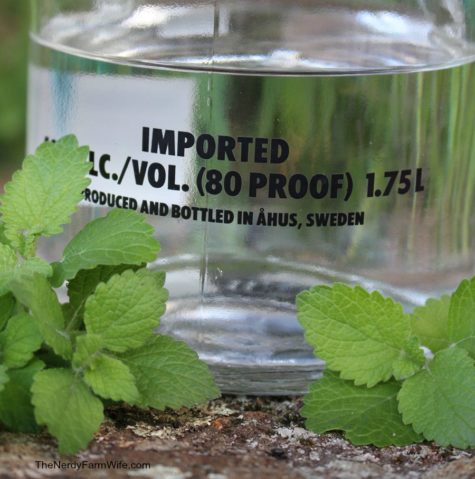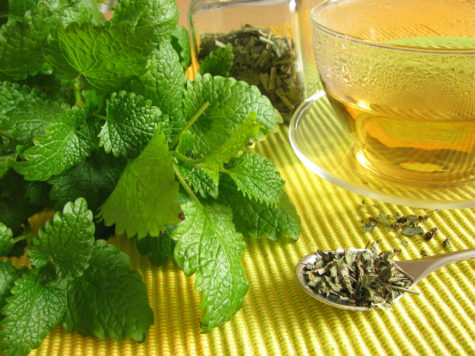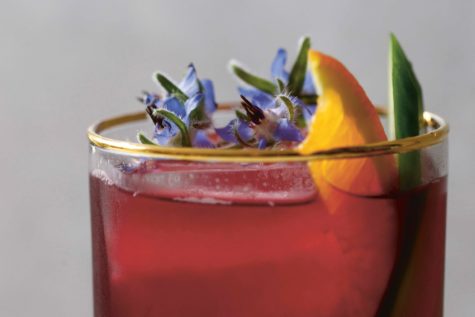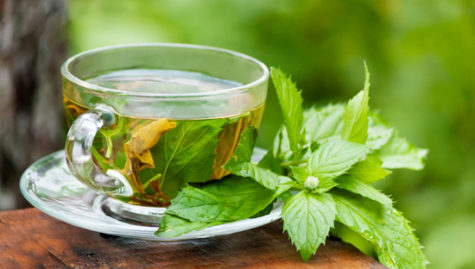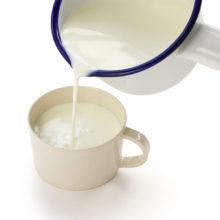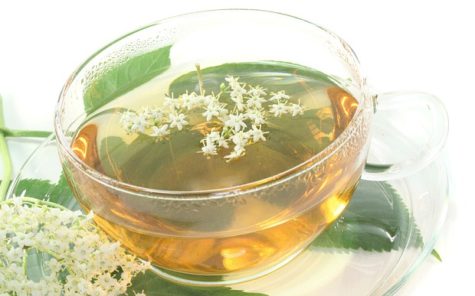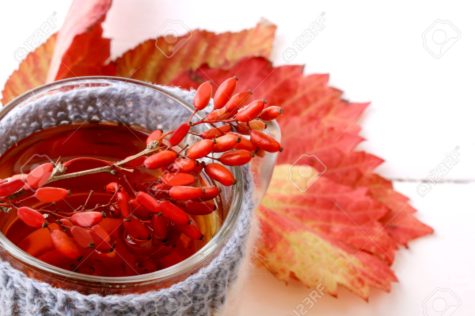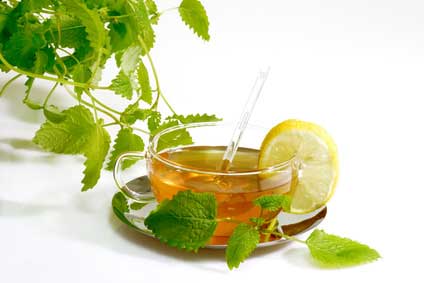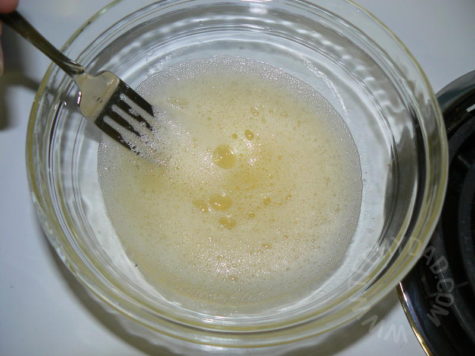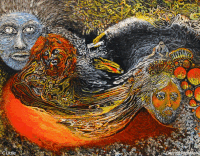Cold and Flu Remedies
Sister Rose’s Cajun Cough Stopper
Here’s a recipe for a Hot Toddy
- 1/4 tsp ground cinnamon
- 1/4 tsp ground nutmeg
- 1/4 tsp ground allspice
- 3/4 cup freshly squeezed orange juice (or orange, grapefruit and lemon juice combined)
- 1 tsp honey
- 1/4 cup bourbon
Add the spices to the juice and mix well. Bring the mixture to a boil, pour into a cup and add the honey. Add the bourbon. Inhale the steam and sip very slowly.
Makes 1 cup.
Tincture of Lemon Balm
This is a great stomach soothing, anti-viral concoction, perfect to take when you feel like you’re coming down with a cold or bug.
To make the tincture:
Add lemon balm leaves to a jar until about three-quarters filled. Pour in 80 proof or higher alcohol (like vodka) until the jar is filled. Cap with a non-metallic lid and store in a cool, dark place for about 4 to 6 weeks, shaking periodically. Strain and store for at least a year.
Adult dose is 1/4 teaspoon (1 ml) at a time, as needed. I usually mix with equal parts honey for better patient compliance.
From: The Nerdy Farm Wife
Refreshing Drink in Fever
Claret Cup For A Fever
One bottle of claret, one pint bottle of German Seltzer-water, a small bunch of Lemon Balm, a small bunch of Borage, one orange cut in slices, half a cucumber sliced thick, a liqueur glass of Cognac, and one ounce of bruised sugar candy.
Process:
Place these ingredients in a covered jug well immersed in rough ice, stir all together with a silver spoon, and when the cup has been iced for about an hour, strain or decanter it off free from the herbs, etc.
From: A Modern Herbal
Peppermint For Colds and Flu
If you have a dry cold, drink peppermint tea and it will almost immediately ease your symptoms. And if your friends are scared of catching it from you, or you wish to keep your family free from infection, tell them to rub a little peppermint oil under the nose and round the throat, and to take a small dose as well, it is an antiseptic and a strong preventative of disease.
From: Gypsy Cures for Coughs and Colds
Garlic and Milk for a Cough
Romany Elderflower Cure for Colds
If you have access to an elderberry tree, its berries and flowers will quickly help to dispel your discomfort. Store elderflowers after drying them out in the sun, and you can make a healing beverage at any time by pouring boiling water over them and adding a little sugar. The Romanies claim that it puts paid to a head cold if taken immediately the first signs are noticed. This infusion is also soothing and will help to give a good night`s sleep. It will also calm the nerves.
Barberries For The Flu
If you stew barberry berries with a little water until they are soft, then squeeze them through a strainer, pressing out all the juice with a wooden spoon and add three pints of water to one of juice, you will have an excellent drink which, if taken hot at night, will induce the perspiration that drives out a cold
Balm for the Flu
If you are not sure whether it`s a cold or flu coming on, don`t hesitate, infuse 1 oz of fresh or dried balm with a pint of boiling water and take it very hot, last thing at night. It will drive out a cold and arrest an attack of influenza – but you should take it in good time when you feel the first symptoms coming.
From: Gypsy Cures for Coughs and Colds
Note: as to exactly which balm plant this refers to is unclear to me, so I am sharing this definition of balm from Britannica.com. Be sure to research any herb before you use it.
Balm, any of several aromatic herbs of the mint family, grown for their fragrant leaves. The best-known balm plant is Melissa officinalis, also called balm gentle or lemon balm, which is cultivated in temperate climates and used as a scent in perfumery, as a flavouring in such foods as salads, soups, sauces, and stuffings, and as a flavouring in liqueurs, wine, and fruit drinks. Other common mint balms include bastard balm (Melittis melissophyllum); bee balm, or bergamot (Monarda didyma); richweed, or horse balm (Collinsonia canadensis); field balm, or creeping Charlie (Glechoma hederacea); lesser calamint, or field balm (Clinopodium nepeta); and Molucca balm, or bells of Ireland (Moluccella laevis). The use of balm in wine drinks and as a diaphoretic (induces heavy sweating) in medicinal teas can be traced back to ancient Greek and Asian cultures.
Egg White Cough Cure
If you have a hard cough, beat the white of an egg to a froth, then add a tablespoonful each of vinegar and sugar. Drink this at bedtime, and the cough will not trouble you during the night.
Saida: Salves To Heal Up Wounds
Brenda-Lee: Egg White Cough Cure
Pat Scott: Marsh Mallow Ointment
Sharon from Cleveland, Ohio: Egg White Cough Cure
Vagabond Witch: Soapwort Shampoo

